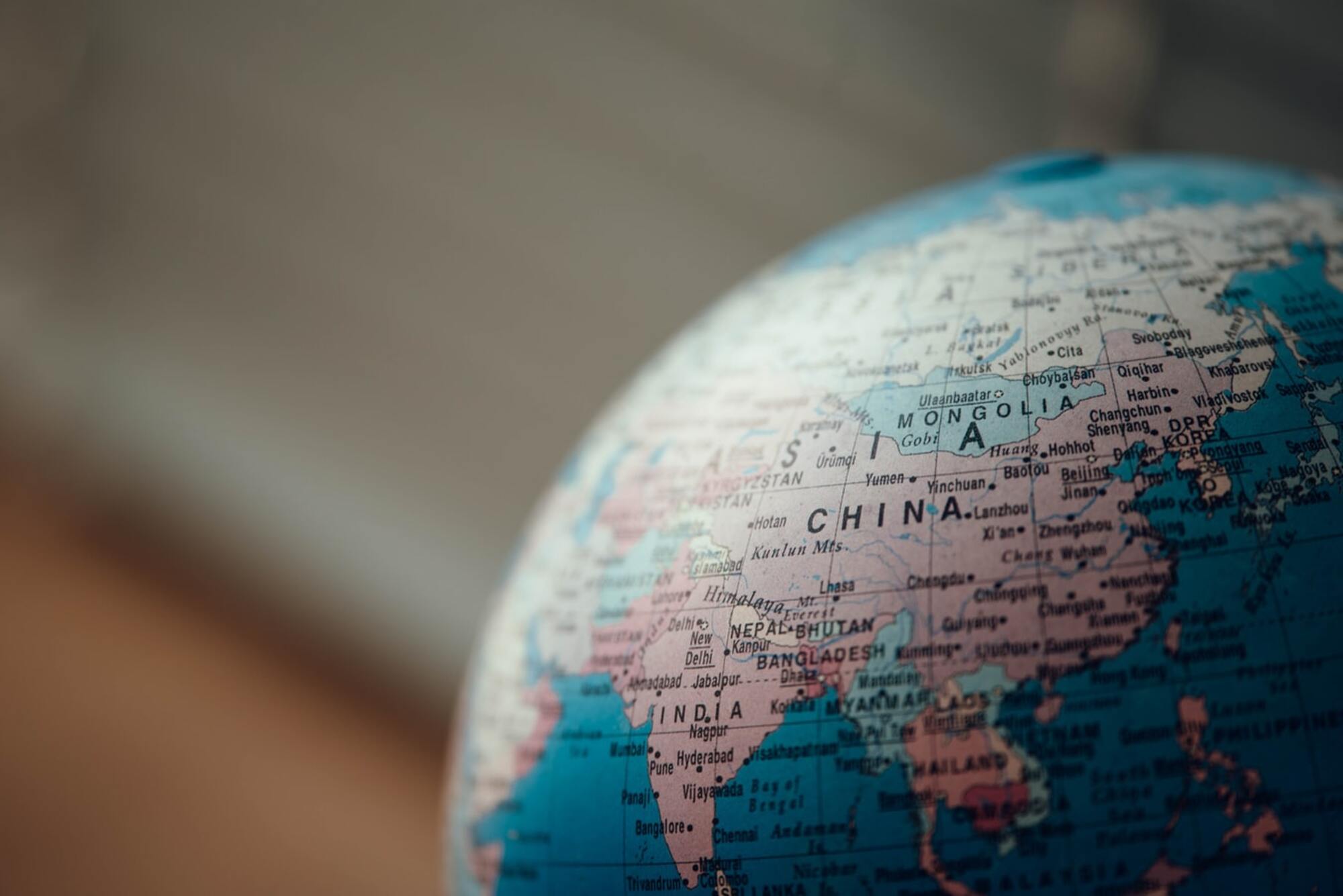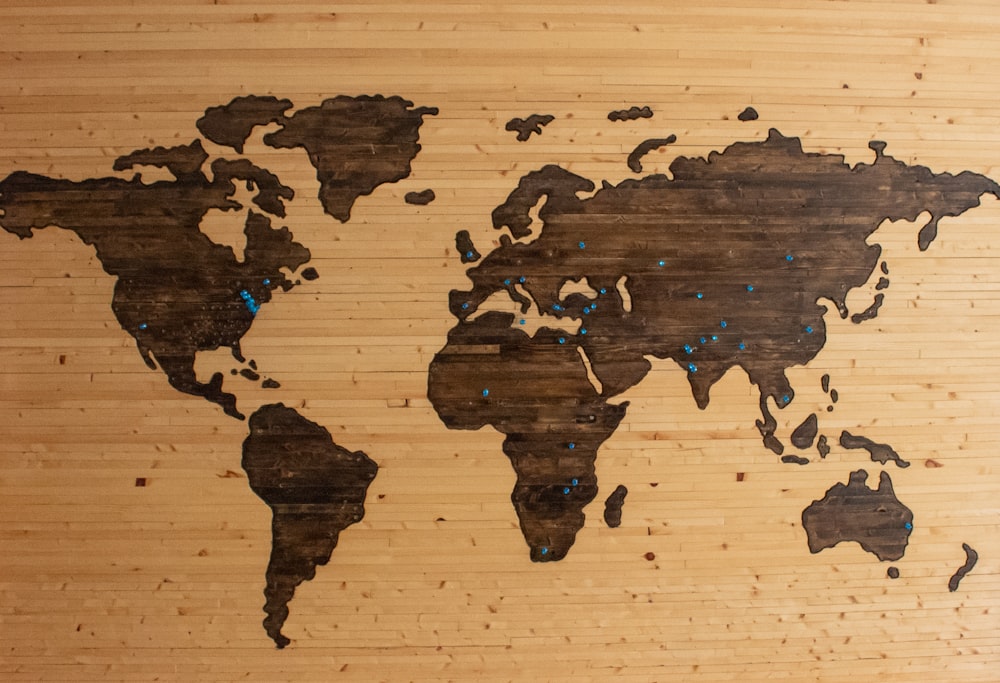
Unlike other English-speaking countries, in America, this word is associated not with all social security, but with its specific element – direct cash payments to single parents with low incomes.
The system thus acquired its current form. How does it compare to other rich countries? Where is it easier for a poor man burdened with offspring to live: in America, Canada, France, Britain, or Japan?
USA
Until 1996, the states allocated funding, but the categories of people eligible for payments, and in general the items of expenditure, were determined by the federal government.
“Most of the money went to direct cash payments to single-parent families,” explains Liz Shot, a senior fellow at the Center for Fiscal Policy Prioritization. as well as support for adoptive parents. “
In general, the volume of allocated funds, taking into account inflation, is approximately at the 1996 level. In 2015, direct payments accounted for an average of 25% of the total, although fund allocation policies vary widely from state to state.
To limit social dependency, the 1996 law tightened the requirements for states in terms of the number of working welfare recipients. In the event of a violation, the state is fined, which in practice leads to a reduction in the number of beneficiaries.
“The difference between states in the level of social support is enormous,” says Liz Shot. The most typical welfare recipient is a single parent with two children. In the meanest state, Mississippi, he currently makes $ 153 a month, in the most generous, Alaska, $ 642. The national average is $ 418.
You can receive “welfare” for a total of no more than five years throughout your life. In the United States, there are other types of help for the poor, such as food coupons, Medicaid, and benefits for the disabled. Over the past 20 years, the number of welfare recipients has decreased, while food coupons, on the contrary, have increased.
Canada
The Canadian system was created around the same time as the American one, and, with some differences, is built on the same principles. The provinces have wide discretion. Able-bodied beneficiaries are required to actively seek employment. The difference is that there is no time limit for receiving benefits and that in some cases childless people can also apply for them.
Payments, as in the United States, fall short of the official poverty level, but still slightly higher. For example, in the province of Ontario, a single parent with one child receives 941 Canadian (724 US) dollars a month. Disabled people pay higher.
“In general, in both North American states, the policy is aimed not so much at reducing poverty as at reducing the number of recipients of aid, but in the United States the situation is still worse,” says the University of Saskatchewan professor Daniel Beland.
France
The country is famous for its generous social benefits. The closest analog of the American “welfare” is a program called “Revenu de solidarité active” (RFA). It can be used by persons over 25 years old, or over 18 years old, if they are raising a child alone, or have previously worked and lost their job. Unlike in the United States, having children is not a prerequisite for assistance, but those who have children receive more.
If a single parent with two children has no other sources of income and does not apply for other types of social assistance, he will be paid a maximum amount of 1,069 euros per month. The main difference between the United States and Canada, France, Britain, and Japan is that other countries have different benefits for families with children, regardless of their income.
In America, there are tax credits for the child, but they can be used only with the final settlement with the state at the end of the tax year.
Britain
The United Kingdom has six programs to support the poor, including unemployment benefits. The closest analog of the American welfare program is the Income Support for people, designed for citizens between the ages of 16 and 65 with zero or low income, savings not exceeding £ 16,000, and working less than 16 hours a week.
At the same time, it is also possible to receive other types of social assistance, if the person meets the requirements. A single parent with two children can count on £ 292 ($ 384) a month.
Japan
Until the end of the 1990s, the number of people turning to the state for help in Japan was vanishingly small, and now it is about two percent of the population. About half of them are single citizens over 60 years old who cannot find a job.
The amount of the benefit is calculated according to a complex scheme based on the difference between the actual disposable income and the minimum necessary expenses.
A feature of the Japanese social assistance system is that persons with able-bodied relatives cannot apply for payments. Not only traditions but also the country’s civil code obliges us to take care of relatives.

